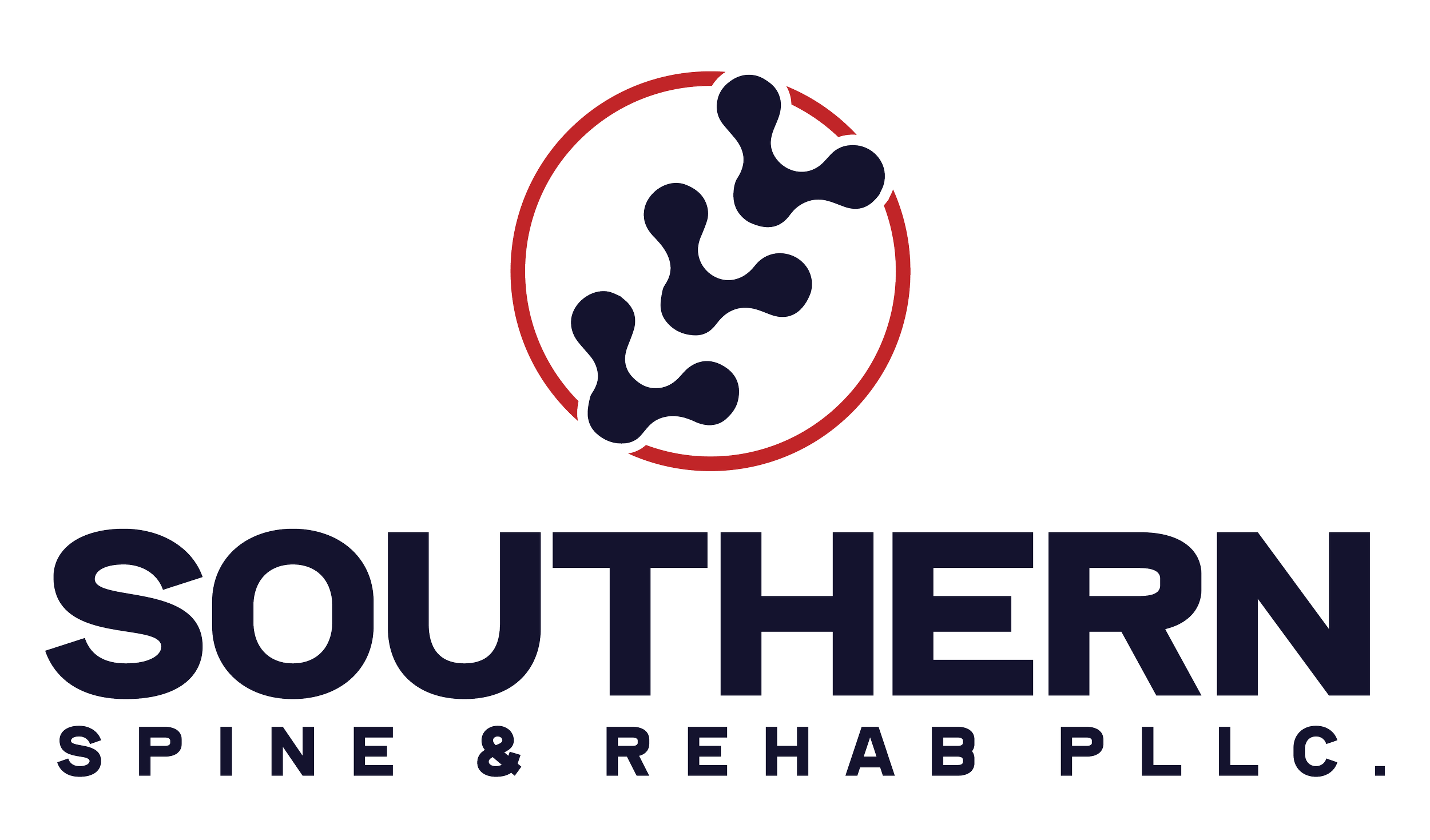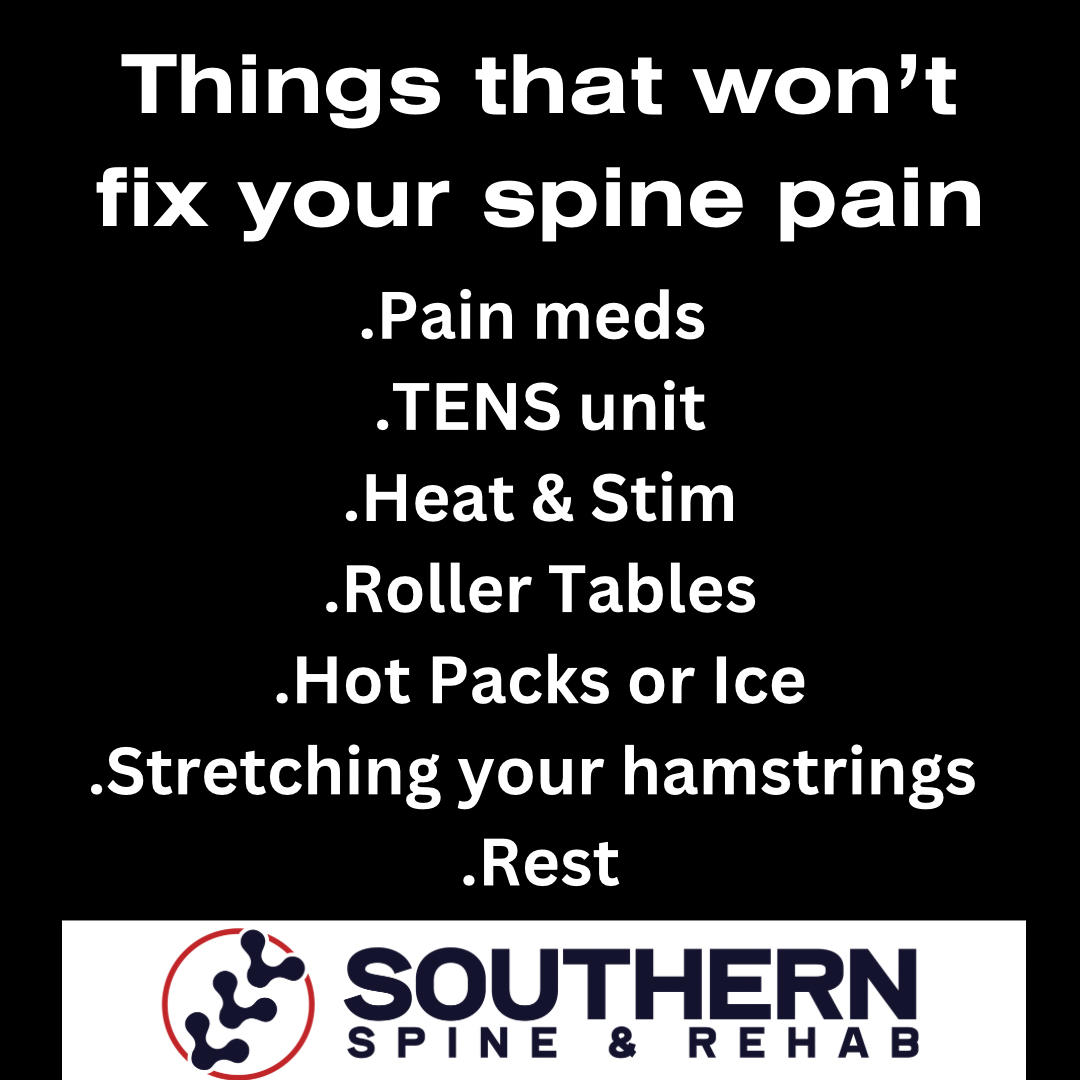Tennis Elbow: Why Dry Needling?
Exploring the Benefits of Dry Needling for Tennis Elbow
Tennis elbow, or lateral epicondylitis, is a common condition characterized by pain and tenderness on the outside of the elbow. It often results from repetitive motions and overuse, particularly in activities like tennis, hence the name. One effective treatment for alleviating the pain and promoting healing in tennis elbow is dry needling. This technique involves inserting fine needles into the muscle trigger points to relieve pain and improve function. Here, we explore the benefits of dry needling for tennis elbow and its effectiveness in managing this condition.
If you want to see what dry needling looks like in our clinic, then visit our Instagram reels to watch Dr. Pedigo perform it. Our Instagram handle is @southernspinerehab
What is Dry Needling?
Dry needling is a technique used by trained healthcare professionals to treat musculoskeletal pain and dysfunction. It involves the insertion of thin, sterile needles into specific points in the muscles, known as trigger points. These trigger points are tight bands of muscle that can cause pain and restrict movement. By targeting these areas, dry needling aims to release muscle tension, improve blood flow, and promote healing.
Benefits of Dry Needling for Tennis Elbow
1. Pain Relief:
- One of the primary benefits of dry needling for tennis elbow is pain relief. The insertion of needles into the affected muscles helps to disrupt the pain signals sent to the brain, providing immediate and often long-lasting relief.
2. Improved Muscle Function:
- Dry needling can help improve muscle function by releasing tight bands and knots in the muscles. This leads to better flexibility, range of motion, and overall function of the elbow and forearm.
3. Reduced Inflammation:
- The process of dry needling stimulates a localized healing response, increasing blood flow to the area and reducing inflammation. This can help speed up the healing process and reduce the symptoms associated with tennis elbow.
4. Enhanced Recovery:
- By addressing the root cause of muscle pain and dysfunction, dry needling can enhance overall recovery from tennis elbow. Patients often experience quicker and more sustained improvements compared to other treatments.
5. Complementary Treatment:
- Dry needling can be used alongside other treatments such as physical therapy, chiropractic care, and exercises to provide a comprehensive approach to managing tennis elbow. It complements these therapies by addressing muscle tension and promoting overall healing.
How Dry Needling Works
Dry needling works by inserting needles into the trigger points, causing a local twitch response. This response helps to release the tight bands of muscle, improving blood flow and oxygen delivery to the area. The needles also stimulate the nervous system, leading to the release of natural pain-relieving chemicals and promoting the body's healing response.
Conclusion
Dry needling is an effective treatment option for tennis elbow, offering numerous benefits such as pain relief, improved muscle function, reduced inflammation, enhanced recovery, and the ability to complement other treatments. If you're suffering from tennis elbow, consider consulting a healthcare professional trained in dry needling to explore this beneficial therapy.
References:
1. Journal of Orthopaedic & Sports Physical Therapy
2. Journal of Sports Rehabilitation
3. Journal of Manual & Manipulative Therapy
4. International Journal of Sports Physical Therapy
5. British Journal of Sports Medicine


